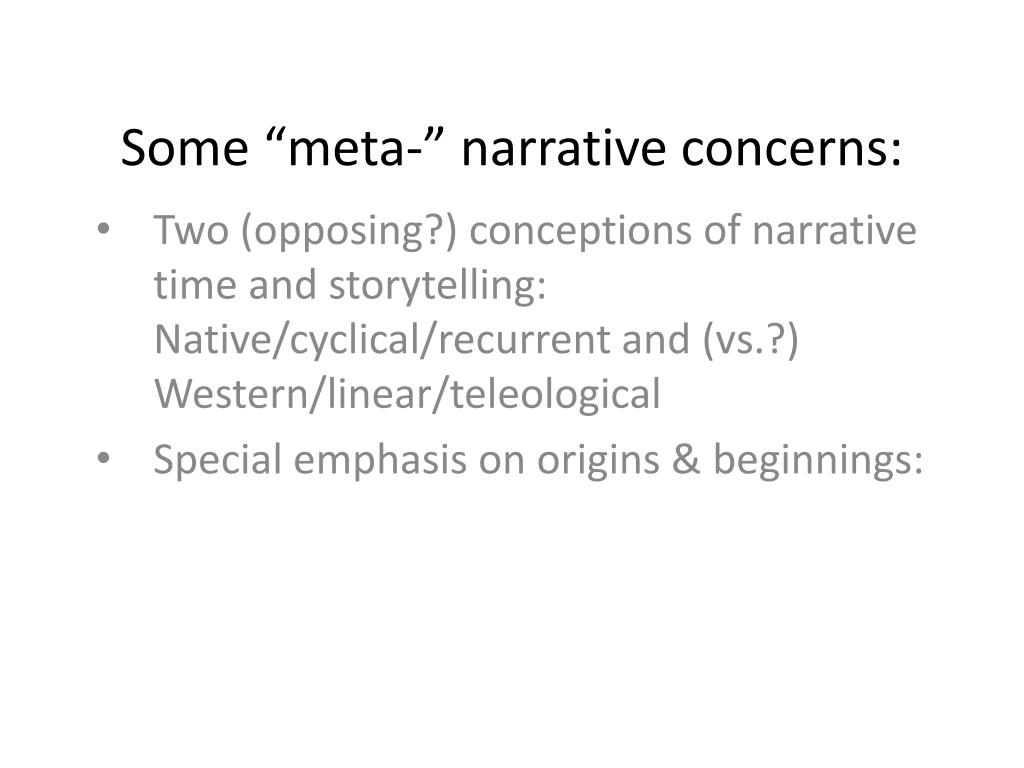


More paradoxically, Truant notes that Zampanò purports to authoritatively write about filmmaking and cinematography despite being blind. Truant also determines that Zampanò copied secondary sources to hide his own inexpertise in various subjects. Truant, however, debunks The Navidson Record as a wholesale fabrication, citing his own findings that the film does not exist that Navidson is a fictionalization of the real-life photojournalist Kevin Carter and that Zampanò outright invented numerous sources and quotes. Zampanò discusses not only Navidson's filmmaking techniques, but also segues into topics such as photography, architecture, Biblical studies, and radiometric dating, often interspersing overwhelmingly esoteric tangents.
#Scp meta narrative tv#
In support, Zampanò cites or quotes articles, journals, symposia, books, magazines, TV programs, and interviews, many supposedly dedicated to this film. Zampanò's text claims that The Navidson Record, a documentary film directed by an acclaimed photojournalist named Will Navidson, became an American cultural phenomenon upon its theatrical release in 1993, generating volumes of multidisciplinary academic literature, as well as extensive media coverage in popular culture.
#Scp meta narrative professional#
Truant's work is further supplemented by uncredited professional editors, who profess to have, in turn, never met Truant. The rest of the book is punctuated by footnotes by Truant, whether fact-checking, editorializing, translating, or interjecting seemingly irrelevant personal anecdotes. Truant, an apprentice at a Los Angeles tattoo parlor, decided to complete and submit the work for posthumous publication. In an introduction dated 1998, Truant claims to have found the book as an unfinished manuscript left by the recently deceased Zampanò, having never met the author in life. Rather than Danielewski, the title page of House of Leaves credits two men named Zampanò and Johnny Truant as its authors.

House of Leaves has also been described as a "satire of academic criticism." Summary The book is most often described as a horror story, though the author has also endorsed readers' interpretation of it as a love story. At points, the book must be rotated to be read, making it a prime example of ergodic literature. It is also distinguished by convoluted page layouts: some pages contain only a few words or lines of text, arranged to mirror the events in the story, often creating both an agoraphobic and a claustrophobic effect. The book is formatted by academic publishing conventions, including exhibits, appendices, and an index, as well as numerous footnotes. This framing device results in multiple narrative voices, including the book's supposed author, compiler, and editors, as well as the documentary's cast, whose relationships to each other give rise to inconsistencies and mysteries. A bestseller, it has been translated into a number of languages, and is followed by a companion piece, The Whalestoe Letters.Ī work of pseudepigrapha, House of Leaves purports to be a monograph critiquing a documentary film, while simultaneously narrating the events of the film, in which a family discovers a seemingly endless labyrinth in their house. Danielewski, published in March 2000 by Pantheon Books. House of Leaves is the debut novel by American author Mark Z.


 0 kommentar(er)
0 kommentar(er)
